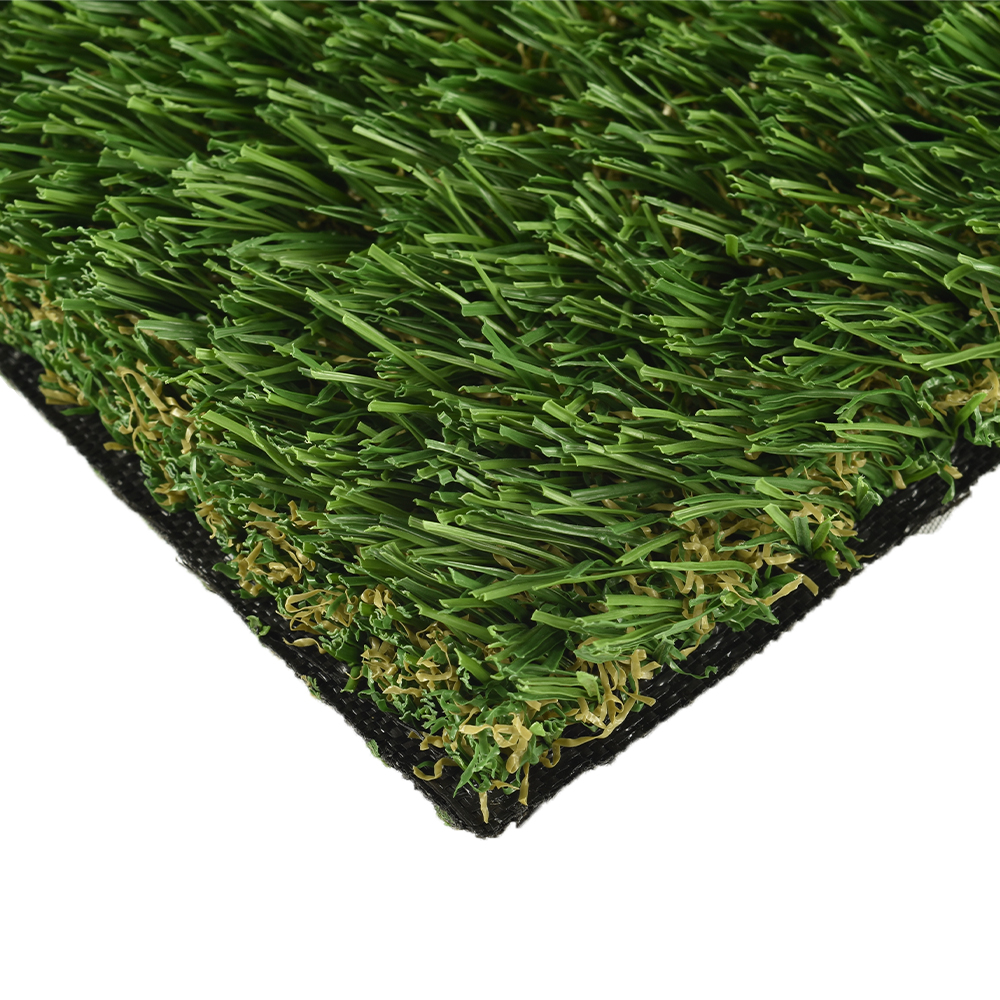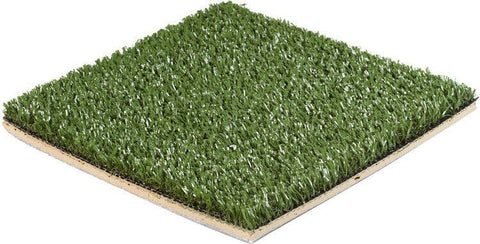High-Quality Arizona Turf Installation Services for Homes and Commercial Properties
High-Quality Arizona Turf Installation Services for Homes and Commercial Properties
Blog Article
Explore the Environmental Advantages of Opting for Synthetic Grass Solutions
The adoption of fabricated turf options offers an engaging possibility to deal with pressing ecological obstacles. By significantly lowering water use and minimizing the application of dangerous chemicals, these choices not just advertise lasting landscaping but likewise shield regional ecosystems.
Water Preservation Advantages
One of one of the most considerable advantages of man-made grass is its capability to preserve water. Typical yard yards need substantial irrigation, especially in areas prone to drought or water limitations. In comparison, man-made grass does not need watering, considerably minimizing the general demand for water resources. This feature is especially helpful in dry regions where water scarcity is a pushing concern.
By getting rid of the need for regular watering, fabricated turf adds to lasting landscape practices and aids reduce the environmental impact of extreme water consumption. In addition, the conservation of water reaches the decrease of drainage, which can result in dirt disintegration and river pollution.
Furthermore, the setup of synthetic grass permits towns and property owners to allot water resources much more successfully, concentrating on vital usages such as drinking water and farming. The shift towards fabricated lawn not only promotes accountable water use but additionally lines up with more comprehensive ecological objectives targeted at maintaining natural deposits.
As areas progressively focus on sustainability, the water conservation benefits of synthetic grass present an engaging case for its adoption in commercial and domestic landscaping jobs.
Lowered Chemical Use
The transition to artificial turf dramatically decreases the reliance on chemical treatments frequently utilized in all-natural grass upkeep. Conventional lawn administration usually includes the application of pesticides, fertilizers, and herbicides to advertise development and control insects. These chemicals can posture risks to human health and wellness, local wild animals, and the setting, adding to dirt and water contamination.
In contrast, synthetic lawn gets rid of the demand for these hazardous materials. By minimizing the launch of artificial compounds into the environment, man-made grass advertises much healthier soil and water systems.
In addition, the absence of chemical overflow connected with synthetic grass setups helps protect regional rivers from contamination, supporting marine life and preserving biodiversity. Artificial turf companies phoenix. As areas progressively focus on sustainable methods, choosing synthetic grass offers a viable remedy that lines up with environmental conservation objectives. With this change, property proprietors can take pleasure in lush eco-friendly areas without jeopardizing eco-friendly health, leading the means for a more sustainable future
Reduced Carbon Impact

Additionally, the setup of synthetic grass can lead to considerable water preservation. All-natural lawns call for significant amounts of water for irrigation, which not just includes to the carbon impact connected with water removal and treatment yet likewise pressures neighborhood water resources. In contrast, synthetic grass needs very little upkeep, requiring no watering, thereby substantially reducing water use and its linked power expenses.
Additionally, the long life of synthetic grass adds to its lower carbon influence. With a lifespan of approximately 15 years or more, the requirement for regular substitutes is decreased, causing much less waste and reduced power usage in manufacturing and dealing with conventional grass choices. On the whole, synthetic grass provides a sustainable choice for eco aware landscaping.
Environment Conservation
Environment conservation is a vital consideration in the debate over landscape design selections, particularly when contrasting fabricated lawn to natural lawn. All-natural grass lawns typically need considerable upkeep, including the usage of herbicides, chemicals, and fertilizers, which can adversely affect local ecosystems. These chemicals can leach right into the dirt and waterways, damaging native plants and animals and disrupting neighborhood habitats.
Synthetic grass removes the need for dangerous chemicals, thereby protecting nearby wildlife and keeping the honesty of bordering communities. The setup of man-made grass can lead to the conversion site of previous lawn areas right into even more biodiverse landscapes, such as pollinator yards or indigenous plant locations, which can support local wildlife.
Inevitably, the shift website link to fabricated grass not just preserves water and decreases maintenance initiatives but likewise fosters an extra harmonious partnership between human activities and the natural surroundings, promoting habitat conservation in the procedure.
Long-Term Sustainability
Long-lasting sustainability is an important factor in reviewing the benefits of synthetic grass over conventional grass lawns. One of one of the most substantial advantages of synthetic grass is its toughness; it can last as much as 15-20 years with minimal maintenance, whereas natural lawn requires regular reseeding and substitute. This longevity minimizes the demand for consistent sources, such as water, plant foods, and pesticides, which are important for keeping a healthy and balanced yard yard.
Furthermore, synthetic turf adds to a reduction in carbon exhausts connected with grass treatment devices. Conventional lawns usually call for gas-powered mowers, leaners, and blowers, all of which add to air pollution. Arizona artificial turf. On the other hand, artificial grass removes the requirement for such equipment, promoting a cleaner setting
In addition, the manufacturing of synthetic grass increasingly utilizes recycled products, boosting its sustainability account. As makers adopt eco-friendly techniques, the environmental impact of synthetic grass continues to diminish.

Final Thought
The fostering of synthetic grass solutions provides substantial ecological benefits, consisting of significant water preservation, lowered reliance on harmful chemicals, and a reduced carbon footprint. Synthetic lawn aids in protecting natural environments by minimizing land disruption and promoting lasting sustainability via the usage of long lasting products. Collectively, these factors underscore the capacity of synthetic turf to add favorably to environmental health and wellness and supply a sensible alternative find more information to standard landscaping methods in a progressively resource-conscious world.
In contrast, artificial grass does not need watering, substantially reducing the overall need for water sources. By lessening the release of synthetic substances into the environment, man-made turf promotes healthier dirt and water systems.
In addition, the installation of artificial lawn can result in significant water preservation. In contrast, artificial lawn requires very little maintenance, requiring no watering, therefore dramatically lowering water usage and its connected power expenses.

Report this page